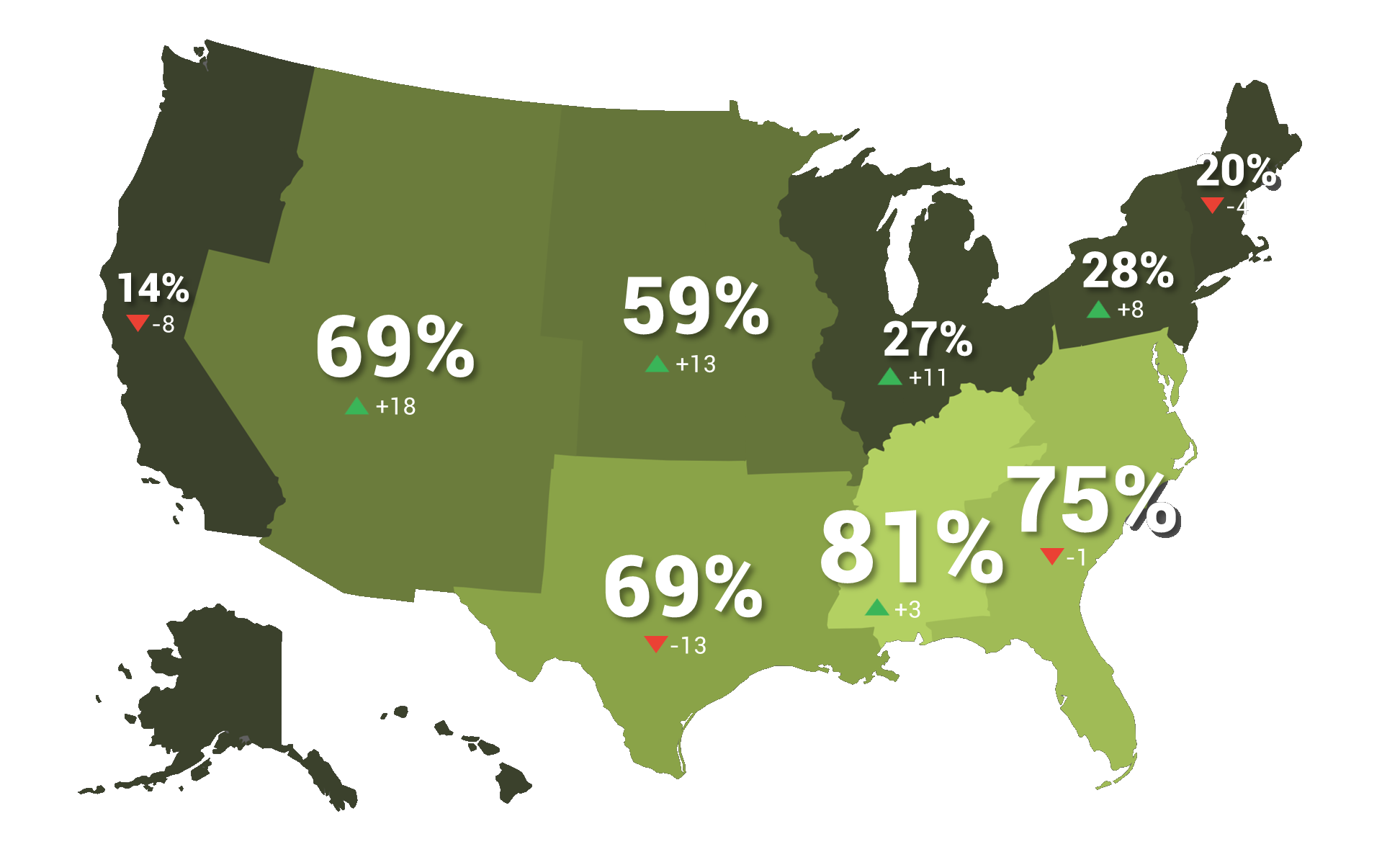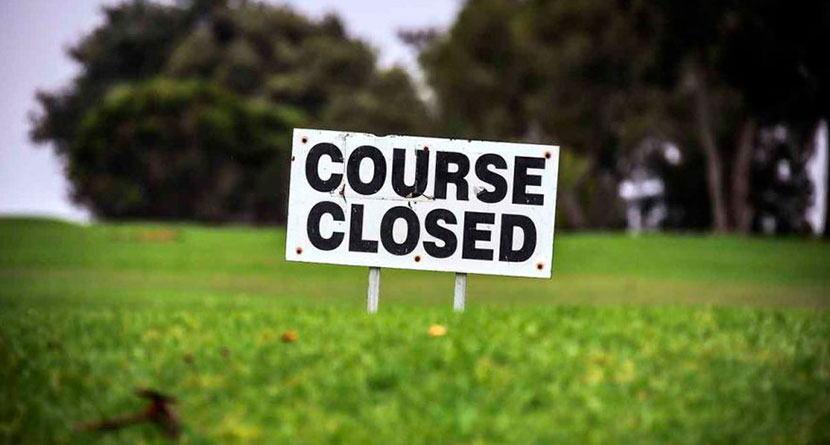The National Golf Foundation continues to do yeoman’s work as it pertains to giving folks up-to-date information on how the golf industry is operating (or not) amid the COVID-19 pandemic.
Interestingly, a week after reporting that 56% of the courses in the United States were closed, that number shrunk to 52% as of the week ending April 12th despite two of the most golf-rich states in the union — New York and Texas — deeming the game “non-essential.”
How does this happen?
Looking at the NGF’s report, which is made up of information gleaned by phone surveys in which 1,753 golf facilities were contacted between April 7 – April 10, the changes in course openings is largely dependent upon region.
“The majority of golf facilities in the South remain open for play, with more than 80% of courses open to players in golf-rich states such as Georgia, South Carolina and North Carolina,” the report said. “Meanwhile, while the governor of Texas said last week that golf was a non-essential business, he later clarified that courses can continue to allow golfers access provided they maintain safe distancing practices.
“In the Northeast, New York’s various golf associations initially said the state’s “non-essential” amendment doesn’t affect non-commercial recreation activities — an interpretation that would pertain to hundreds of private clubs in the region. They later backtracked based on information from representatives of Empire State Development, which has indicated that no golf is to be played on New York courses until further notice.”

Source: National Golf Foundation
Contributing to some of these rises in course openings are the official opening of the golf season in some of these temperate areas, resulting in a net gain.
“Temporary COVID-19-related golf course closures, like the virus itself, tend to be concentrated in urban areas,” the report said. “So if the percentage of open golf courses in the U.S. seems improbable based on your experience, keep in mind that golf is rural too, and exists in many locales without dense populations or government restrictions on play.”
In order to create an accurate state-by-state guide, the NGF began calling every golf facility in a given state on the same day in an effort to give an accurate description of data.
Talking to golfers around the country is an interesting exercise. Perspective on the status of golf operations is very much shaped by where they live and their ‘golf bubble.’ But numbers tell the story: currently 48% of courses are open to play nationwide.https://t.co/AS57DwcJjJ pic.twitter.com/0uBqJBbClo
— NGF (@NGF_GolfBizInfo) April 15, 2020
North Carolina (94% of courses open), Arizona (91% of courses open), South Carolina (87% of courses open), Alabama (87% of courses open) and Oregon (86% of courses open) lead the way in terms of most open facilities, while states such as Nevada (3% of courses open) only has three courses in the state reporting as open and operational.




